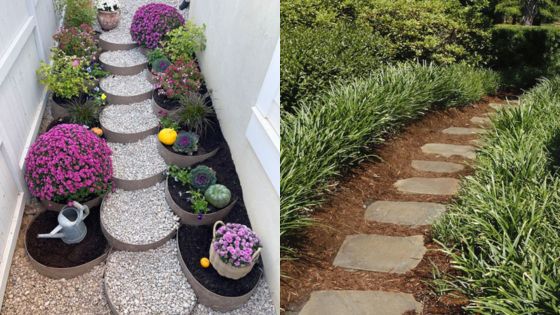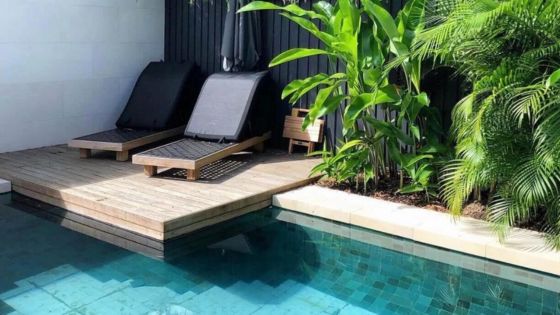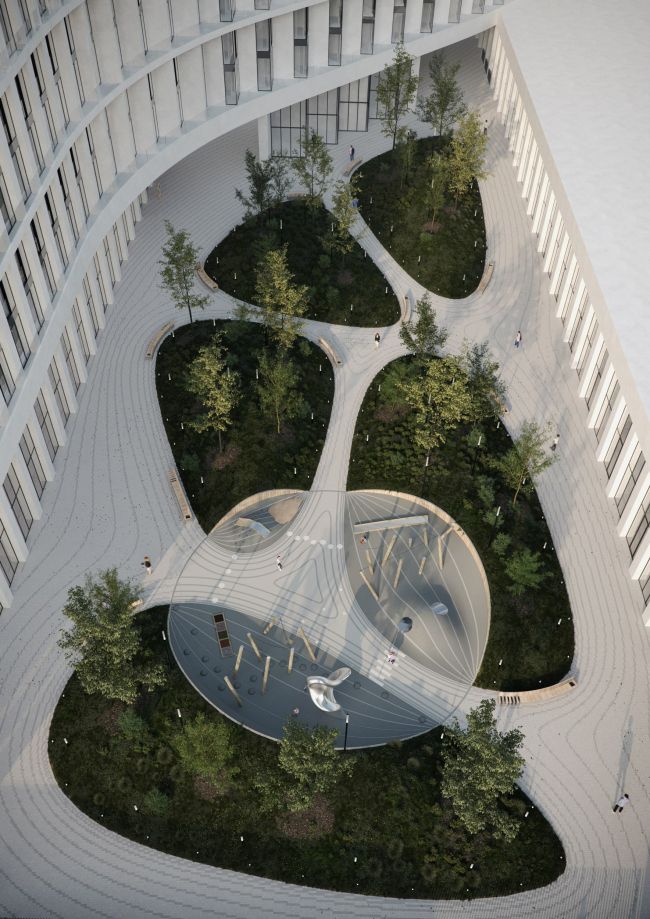

Creating an outdoor space that feels both functional and aesthetically pleasing is a common challenge for homeowners looking to maximize their property’s potential. But how do you balance hardscape and softscape for a cohesive design?
The ideal balance between hardscape and softscape typically follows the 60/40 rule, with 60% of the space dedicated to softscape (plants, grass, gardens) and 40% to hardscape elements (patios, walkways, pergolas, and other structures).
While this ratio provides a solid starting point, every property has unique characteristics that might call for different proportions. Factors like climate, property size, intended use, and architectural style can all influence the optimal balance for your specific situation – so keep reading to discover how to customize this approach for your particular needs.
How Outdoor Structures Bridge The Gap Between Hardscape And Softscape
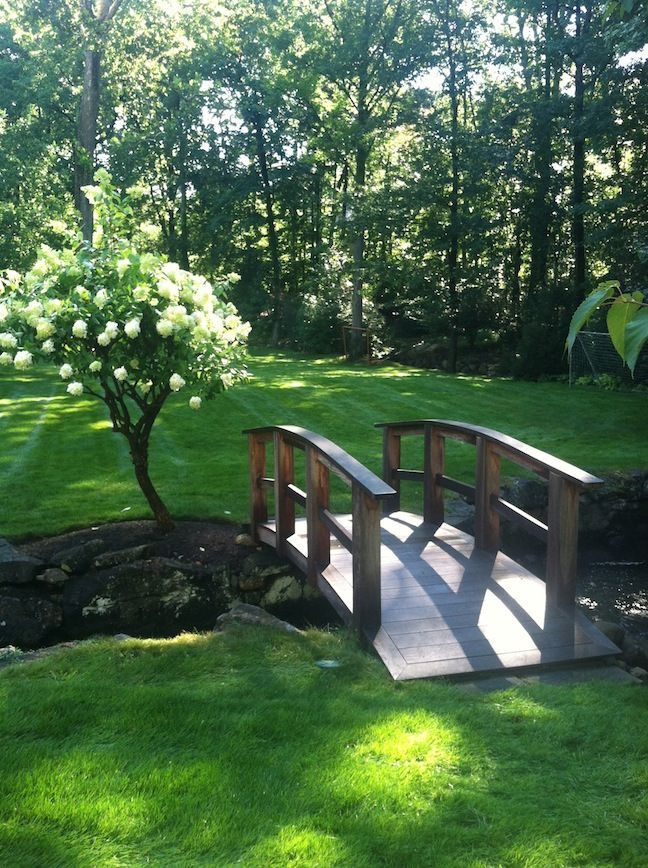
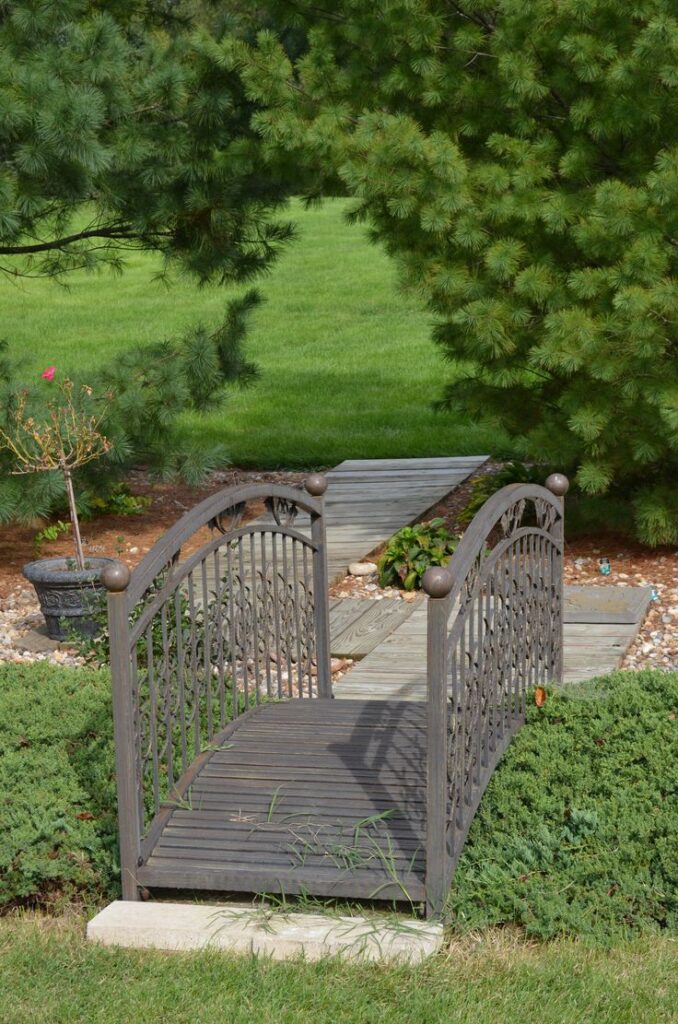
Certain landscape elements serve dual purposes, functioning as both hardscape and a framework for softscape integration. Pergolas, arbors, and trellises count toward your hardscape percentage as permanent structures, yet their open designs allow them to support climbing plants and create natural shade that enhances your softscape elements.
Retractable awnings offer another versatile overhead solution that provides shade without permanently altering your hardscape-softscape balance. These systems extend to create covered outdoor spaces when needed, then retract completely to allow full sun exposure for garden beds and lawns below. Because they’re not permanent structures in the traditional sense, they give homeowners flexibility to adjust their outdoor environment throughout the seasons without committing to fixed shade that might limit plant growth in certain areas.
Fire pits and outdoor kitchens represent another category of transitional hardscape. While these are solid structures, the surrounding seating areas can incorporate planters, vertical gardens, or low-growing groundcovers that soften their edges. A stone fire pit ringed with creeping thyme or sedum creates a natural transition between the hard structure and surrounding lawn or garden beds.
Water features like ponds, fountains, and streams occupy a unique middle ground. Though they require hardscape elements for their structure—stone borders, concrete basins, or tile surrounds—the water itself and aquatic plants blur the distinction between hard and soft elements. This makes water features excellent tools for achieving visual balance while maintaining functional hardscape space.
How Can You Add Privacy Without Disrupting The Hardscape-Softscape Balance?

One of the challenges in landscape design is adding privacy or functionality without permanently altering your carefully planned hardscape-softscape ratio. Traditional privacy solutions like walls or dense hedges significantly impact this balance – walls add substantial hardscape, while hedge rows consume considerable softscape real estate and require ongoing maintenance.
Retractable screens offer an elegant solution that provides privacy, wind protection, and insect control without counting toward either your hardscape or softscape percentages. These screens mount to existing structures like pergolas, patios, or porches and disappear completely when not needed, maintaining your design’s open feel. In regions with intense sun and high demands for outdoor living, like Florida, Orlando retractable screens and similar high-quality systems are particularly popular for their ability to create instant outdoor rooms that adapt to changing conditions throughout the day. When deployed, they create instant privacy or weather protection, then retract into discreet housings that blend with your existing architecture. This flexibility means you can adapt your outdoor space to different needs throughout the day or season without making permanent structural changes that would shift your landscape balance.
Retractable screens work particularly well when integrated with existing structures like awnings or pergolas, creating complete outdoor room systems that bridge hardscape and softscape elements. You can combine them with climbing plants on pergolas or trellises for a layered approach – the plants provide natural beauty and shade while the screens offer practical functionality when needed. This combination gives you the aesthetic benefits of softscape with the weather protection and privacy of hardscape, all while maintaining your original design proportions. The minimal maintenance requirements (occasional cleaning and lubrication) make them especially appealing for homeowners who want to keep their landscapes within the lower-maintenance hardscape range without sacrificing comfort or usability.
How To Adjust The 60/40 Rule Based On Your Climate

In arid regions like the Southwest, it often makes sense to increase the hardscape proportion to 50-60% to reduce water consumption and maintenance needs. Desert-inspired designs frequently incorporate more decorative rocks, gravel beds, pavers, and architectural elements while strategically placing drought-resistant plants. Stone patios, decomposed granite pathways, and stacked stone walls work particularly well in these climates, providing durable surfaces that withstand intense heat without requiring irrigation. Retractable awnings become especially valuable in these regions, offering adjustable shade that protects both people and shade-tolerant plants during peak sun hours without permanently blocking light from drought-adapted species that thrive in full sun. Conversely, in tropical or rainy climates, you might want to increase the softscape allocation to 70-80%. The abundant rainfall and optimal growing conditions make it easier to maintain lush gardens and extensive green spaces, which can also help with water management and prevent soil erosion. In these environments, permeable pavers for walkways and patios allow excess water to drain naturally while supporting vigorous plant growth around the edges. For homeowners in hot, humid regions like Central Florida, Orlando retractable awnings provide essential protection from intense afternoon sun and sudden storms while maintaining the flexibility to retract during pleasant weather, allowing gardens to receive ample rainfall and natural light. Weather-resistant awning systems in these climates need to withstand both humidity and UV exposure while complementing year-round tropical landscaping.
Coastal areas present unique challenges requiring careful material selection. Salt-resistant hardscape materials like concrete pavers, natural stone, and composite decking withstand ocean spray better than wood or untreated metals. Meanwhile, wind-tolerant native grasses and salt-adapted shrubs can comprise the softscape without constant replacement. The hardscape percentage often trends slightly higher (45-50%) in coastal zones due to the harsh conditions that limit plant options. Motorized awnings with wind sensors automatically retract during strong coastal gusts, protecting both the awning system and the landscape below from storm damage.
What Role Does Property Size Play In Hardscape-Softscape Balance?
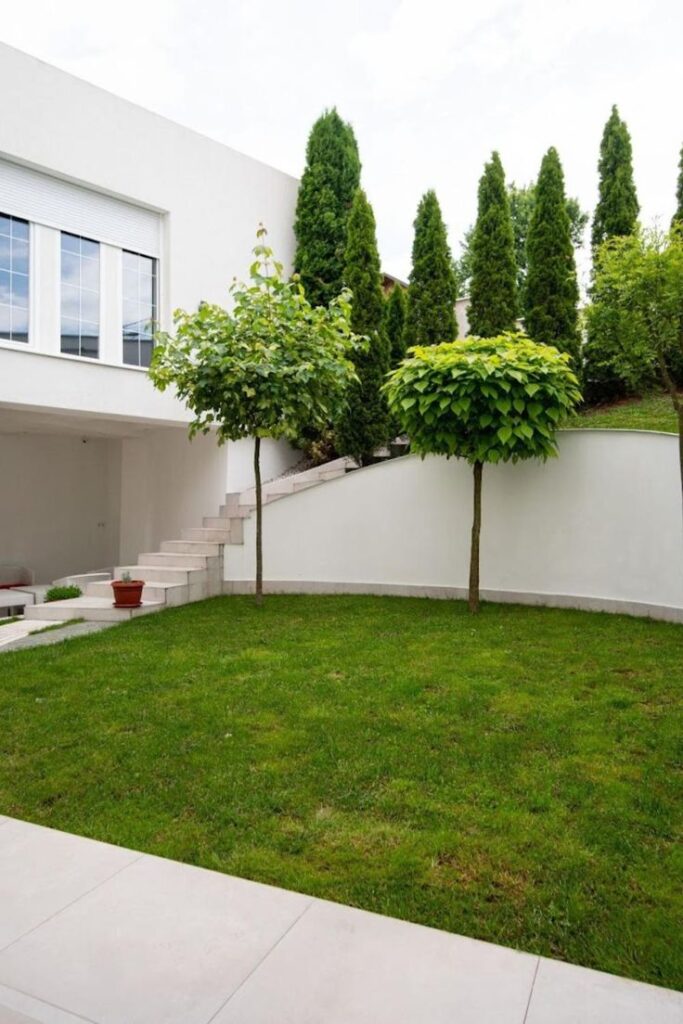
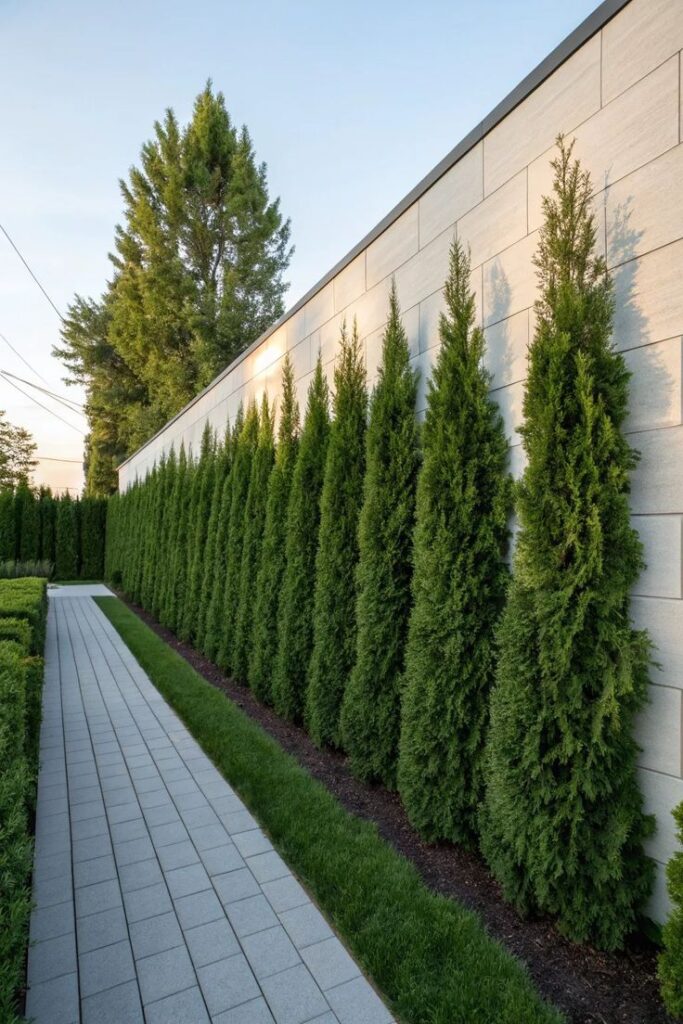
Smaller properties often benefit from a higher percentage of hardscape (up to 50-55%) to ensure adequate functional space for activities like dining and entertaining. This approach helps create usable outdoor living areas while still maintaining enough greenery to feel natural and inviting. Multi-level decks, built-in seating with planter boxes, and vertical gardens maximize functionality in compact spaces while preserving the feeling of abundant greenery. Wall-mounted or compact retractable awnings work particularly well for small spaces, providing overhead coverage without requiring the footprint of a pergola or gazebo structure that might overwhelm limited square footage.
Larger properties have more flexibility and can often accommodate the traditional 60/40 ratio or even more softscape. This allows for features like extensive gardens, natural meadows, or wooded areas while still providing plenty of room for patios, walkways, and other hardscape elements. Estate-sized properties might dedicate entire zones to different purposes—a formal entertaining area with 50% hardscape, a natural woodland section with 90% softscape, and transition areas that blend the two.
Lot shape also influences optimal ratios. Long, narrow lots often require creative hardscape placement—a central pathway with garden beds on either side, or a series of connected outdoor “rooms” defined by changes in paving material or level. Wide, shallow lots might benefit from sweeping curved pathways and crescent-shaped patios that maximize usable space while maintaining softscape visibility from the house.
How To Integrate Your Home’s Architectural Style Into The Balance

Modern and contemporary homes typically lean toward more hardscape elements (45-50%) with clean lines and geometric patterns. Sleek concrete or porcelain tile patios, linear fire features, and minimalist water walls complement these architectural styles. Contemporary retractable awnings with clean aluminum housings and solid-colored fabrics extend this modern aesthetic into overhead spaces without visual clutter. The softscape in these designs often features carefully planned, minimalist plantings—ornamental grasses in geometric planters, mass plantings of a single species, or architectural specimens like agave and yucca.
Traditional or cottage-style homes usually work best with more softscape (65-70%), incorporating flowing garden beds, curved brick pathways, and informal plantings. Flagstone patios with wide joints planted with creeping thyme, arbors draped with climbing roses, and naturalistic pond edges create a softer, more organic look that enhances the home’s classic character. Stationary awnings with decorative scalloped edges or striped fabrics can enhance traditional aesthetics while providing functional shade. The hardscape feels less prominent because it’s deliberately designed to blend into the garden rather than stand apart from it.
Craftsman and rustic styles often achieve perfect 60/40 balance through the use of natural materials that bridge the gap. Stone walls with moss-filled crevices, weathered wood boardwalks, and gravel paths lined with native plants all function as hardscape while feeling integrated with nature. These styles embrace the aging process, allowing materials to patina and softscape to naturalize over the edges, creating the illusion of landscapes that have existed for decades. Canvas or earth-toned awnings complement these natural aesthetics while providing practical weather protection.
Mediterranean and coastal styles benefit from a balanced approach with approximately 55% hardscape to accommodate outdoor living and entertaining. Terra cotta pavers, stucco walls, and tiled fountains create the hardscape foundation, while olive trees, lavender, and bougainvillea provide softscape interest. Retractable awnings in these settings often feature warm earth tones or Mediterranean blues that tie together the architectural and landscape elements.
How To Create Transitions Between Hardscape And Softscape Elements
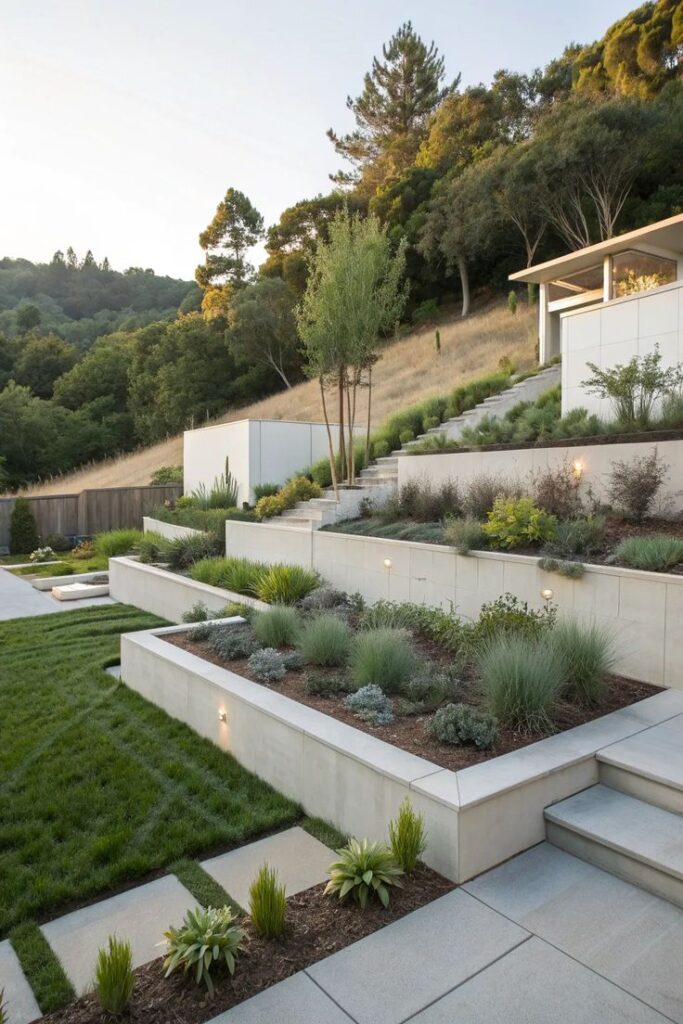
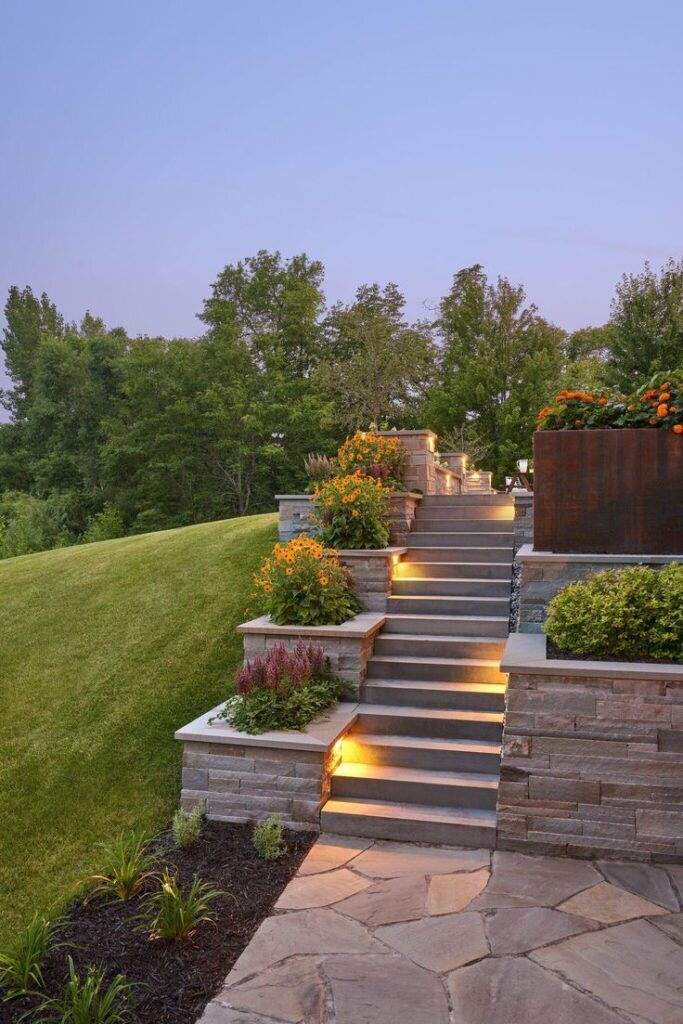
Successful landscape design relies heavily on smooth transitions between hard and soft elements. Using ground covers or low-growing plants along the edges of walkways and patios helps blur the lines between these different areas. Creeping thyme, Irish moss, or dymondia planted between flagstones creates a “living mortar” that softens the appearance of solid paving while remaining durable enough to withstand foot traffic.
Built-in planters serve as excellent transitional structures, especially when positioned between formal patio areas and natural garden spaces. A raised stone planter can contain small shrubs or ornamental grasses that provide screening and visual interest while clearly delineating different functional zones. These planters add to your hardscape percentage but support softscape elements, making them efficient use of space.
Consider using “intermediate” elements like gravel gardens, river rock beds, or stepping stones surrounded by creeping plants. These hybrid areas serve as effective transition zones that prevent the landscape from feeling artificially segmented while maintaining both functionality and visual appeal. A gravel seating area surrounded by Mediterranean herbs like lavender and rosemary, for instance, requires minimal maintenance while providing sensory interest and a natural transition from patio to garden.
Elevation changes also create natural transitions. Retaining walls covered in cascading plants, terraced garden beds that step down from a deck, or sunken fire pit areas surrounded by raised planting beds all use the vertical dimension to blend hardscape and softscape seamlessly. Overhead elements like awnings or pergolas can define different “rooms” in your outdoor space—an awning creates a ceiling over a dining area, while an open pergola marks the transition to a more naturalistic garden zone beyond.
What Are The Maintenance Implications Of Different Hardscape-Softscape Ratios?
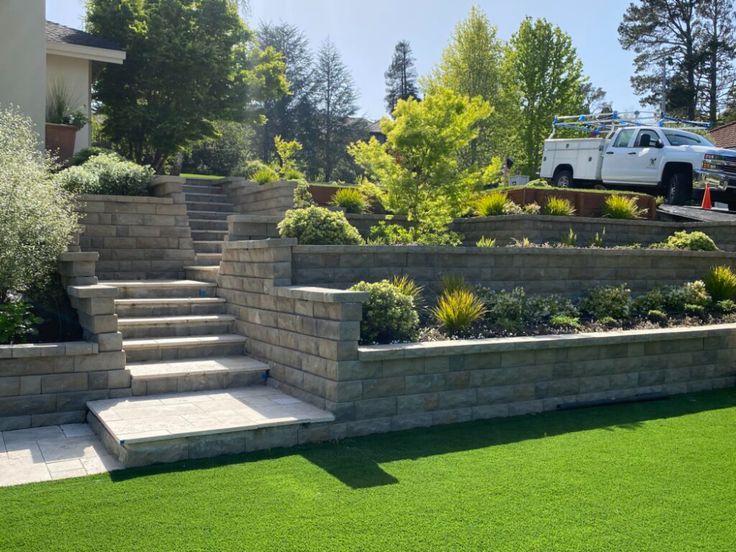
A higher proportion of softscape (70% or more) typically requires more regular maintenance, including mowing, pruning, watering, and seasonal clean-up. While this can create a lush, vibrant landscape, it’s important to honestly assess your time commitment and budget for ongoing care before choosing this direction. Gardens dominated by softscape might require weekly attention during growing season—deadheading flowers, trimming hedges, weeding beds, and adjusting irrigation systems.
Designs with more hardscape elements (50% or more) generally require less frequent maintenance but may have higher upfront costs. Regular tasks might include occasional pressure washing, sealing surfaces every few years, and addressing any settling or cracking in pavement. Stone patios might need re-sanding between pavers annually, while composite decking requires periodic cleaning but no staining or sealing. Retractable awnings need occasional cleaning and annual inspection of mechanical components, but this minimal upkeep is far less demanding than maintaining climbing vines or hedge rows for shade and privacy. The reduced time commitment makes high-hardscape designs appealing for busy homeowners or those who prefer enjoying their outdoor space to maintaining it.
Long-term maintenance planning should also consider how the landscape will mature. As trees and shrubs grow larger, they may require more attention or even alter the original hardscape-softscape balance. Tree roots can eventually lift pavers or crack concrete, requiring repairs that disturb the established landscape. Similarly, awning placement should account for tree growth—an awning positioned too close to young trees may eventually be damaged by branches or require frequent cleaning from leaf debris. Building this growth factor into your initial design—leaving adequate space around trees, using flexible paving materials, and selecting slow-growing species near structures—can help prevent future maintenance headaches and costly renovations.
Conclusion
Before making any major changes to your outdoor space, take a few minutes to analyze your current hardscape-softscape ratio by sketching a basic overhead view of your property and roughly calculating the percentages of each. Consider how different elements might serve dual purposes in your design – stone walls that support terraced gardens, water features that provide both structure and organic movement, awnings that offer flexible shade without permanent structures, or deck railings that incorporate planter boxes. This simple exercise will help you identify where your landscape currently stands in relation to the 60/40 guideline and how it might need to be adjusted based on your specific circumstances. Once you have this baseline understanding, you’ll be better equipped to plan any necessary modifications to achieve your ideal balance.
- 0shares
- Facebook0
- Pinterest0
- Twitter0


